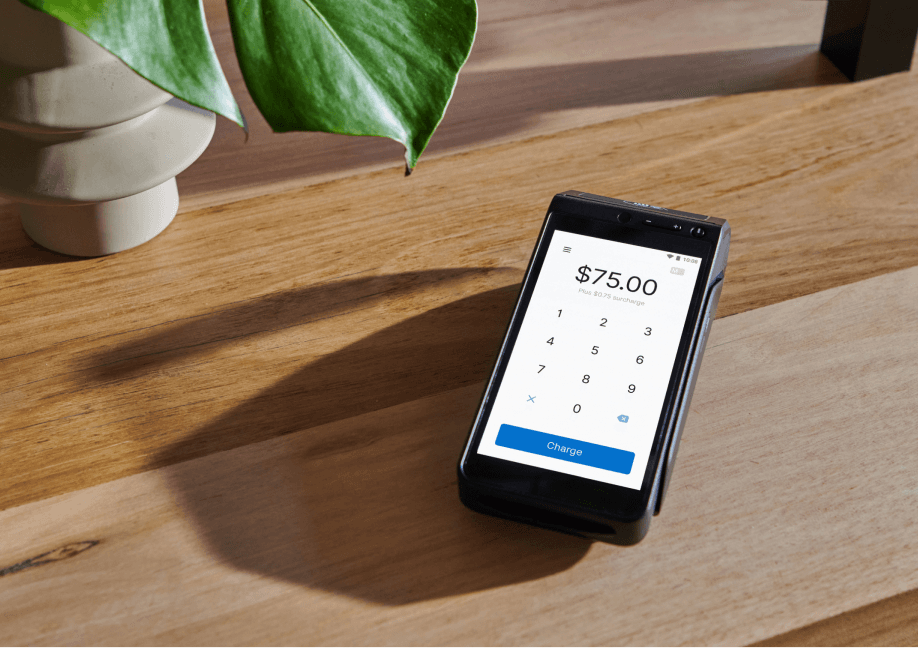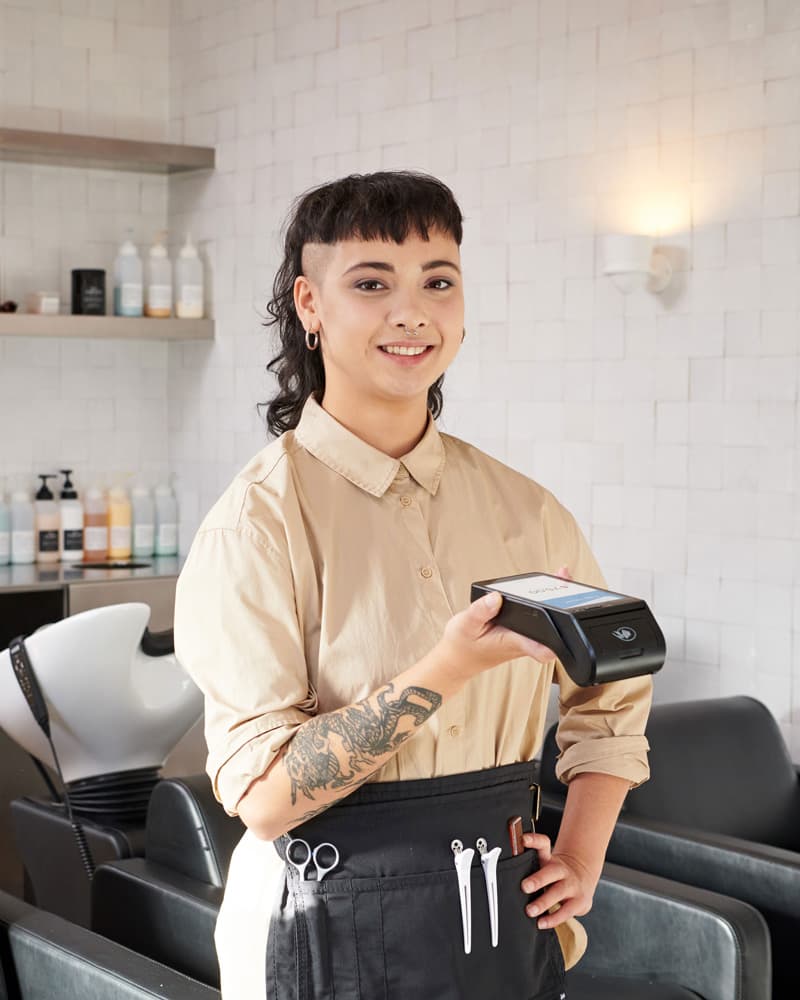
- Business Growth & Optimisation
What Australian Salon Owners Can (and Can't) Claim at Tax Time
Here’s how salon and beauty business owners can get more back at tax time.
Tax time can feel overwhelming for a lot of business owners. Not only does it involve a number of appointments and lengthy paperwork, it can also see you pay a lot of hard-earned money to the Australian Tax Office (ATO). Fortunately, there are ways and means of minimising your taxable income that ensure you don’t pay more than you legally have to.
We’ve developed this guide to help you save as many dollars as possible come tax time, which you can then reinvest into growing your salon or beauty business.
What are tax deductions?
A tax deduction is something you paid for with your own money to support the running of your business. This means that when it comes time to do your tax return, you can ‘deduct’ this cost from your taxable income, in turn reducing the amount owed to the ATO.
Unfortunately, not every cost incurred can be claimed as a tax deduction. Even in the instance a purchase you’ve made is deductible, there may be a limit on how much you can claim. A good example of this is a car, and car-related expanses.
If you use the vehicle exclusively for business, you may be able to deduct the expenses related to owning and using the car — such as fuel and oil, repairs and servicing, lease payments, registration, depreciation, and insurance premiums — from your income. However, if the car is used for a mix of business and personal uses, you’ll only be able to deduct a portion of those costs.
While it’s important you only claim what’s acceptable, it’s equally essential that you’re able to prove your tax deductions.
Proving salon tax deductions.
In short, if you can’t prove it, you shouldn't claim it.
When it comes time to claim deductions for work-related expenses, you need proof that:
you spent the money yourself
you haven’t already been reimbursed for it by someone else in the business (such as a co-owner)
the purchase was directly related to making money for your salon or beauty business
the transaction occurred.
In most cases, a record of the transaction will be in the form of a receipt for purchase. The receipt should contain the following details:
name of the supplier
amount of the expense
nature of the goods or services
date the expense was paid
date of the document
That being said, not everything you claim has to be entirely work-related. If you own a mobile nail salon business and you use your salon car to pick up your children from school, you could claim a deduction for the work-related portion of car-related expenses.
You can use the ATO app’s myDeductions tool to keep track of your expenses and record your receipts throughout each financial year.
Wondering what’s claimable as a beauty business or salon owner? Keep reading to find out.
Beauty business tax deductions.
Travel expenses
You can claim a deduction for costs incurred while away from home for business reasons. Perhaps you’ve attended a professional development course, salon training day, or other industry event. Make sure to keep a record of your expenses, and claim for related deductions such as:
meals
accommodation
airfares
Uber rides
You can’t claim a deduction if a client, co-owner or trade partner has already reimbursed you.
Car expenses
You can claim deductions associated with vehicle use, such as those listed below. You can also claim travel expenses by either recording your travel over a three-month period in a logbook and averaging the costs across the year, or claiming 62 cents per kilometre up to a maximum of 5,000 kilometres.
petrol
repairs and maintenance
business decals
the vehicle itself
You can’t claim any portion of car use that isn’t directly related to your business, such as personal trips, school pickups, grocery runs or even travel between home and work.
Tools, equipment and furniture expenses
You can claim a deduction for any tools or equipment used to provide your beauty service. The cost can be instantly deducted if under the value of $300, or otherwise depreciated over a set number of years.
Examples of tools, equipment and furniture you might have purchased for use in your salon include:
clippers, scissors, combs and dryers
nail tools, air/LED dryers and files
creams, gels, oils, dyes and other beauty products
massage chairs, regular chairs, stools, benches and tables
waiting room furniture, signage and décor
welcome desk furnishings
EFTPOS system
tool, equipment or furniture repairs
You can’t claim a deduction for the part of the repair cost that relates to your private use of the tools and equipment. For example, if you service hair clients at your dining table, you couldn’t claim the full cost of its repair should it ever break.
Self-education expenses
You can claim a deduction for courses, programs, classes, subscriptions and memberships if they’re directly related to benefiting the business you operate. They can be upskilling expenses such as a brow lamination course or a subscription for a beauty magazine, or they can be self-education costs associated with running the business, such as a bookkeeping class.
Until 30 June 30 2024, you can claim a $120 tax deduction for every $100 you spend on eligible training course — and there's no limit on the amount you can spend. Make sure to read up on the Skills and Training Boost, announced in the 2022/23 Federal Budget, for more details.
You can’t claim a deduction that isn’t specifically related to your business, such as gaining a Certificate IV in Massage when your business is a hair salon.
Clothing and personal grooming expenses
You can claim a deduction for the purchase, cleaning and repair of clothing for your team if it’s either considered a uniform or required apparel, such as branded smocks, shirts, tunics or shoes.
It can be costly to protect both your business and your customers, but as we settle into the ‘new normal’ it’s important to remember that all PPE and protective equipment such as masks, gloves and face shields can also be claimed as a tax deduction.
You can’t claim any garments that don’t feature your own unique business branding. You also can’t claim the cost of beauty services and products such as haircuts, cosmetics and skincare, as they are all considered personal — regardless of the expectations you have for your team’s appearance.
For more information on what and how much you can claim, consult the ATO’s Business Tax Deductions guide.
It pays to consult a professional.
Commercial tax returns aren’t renowned for their simplicity and there can be costly consequences to getting it wrong, which is why it pays to have an accountant. A good accountant will not only ensure you’ve completed your tax return correctly, but also that you’re claiming every dollar possible. Here’s how to find the right accountant for your business.
As a beauty business or salon owner, you no doubt know that every dollar counts. The difference between a quick and thorough tax return can be thousands of dollars. That’s why it’s so important to keep a receipt of all transactions, big or small – it can have a big impact on your ability to invest in the growth of your business.
So, at the end of this financial year, consider everything you’ve paid for across all of the above categories over the last 12 months. It could help you step into the next financial year with a little more cash in your back pocket.
Now that you’re aware of how you can save money this tax time, keep up with the latest Zeller updates and announcements by subscribing to the Zeller Business Blog newsletter below.
To fully prepare your business for the end of the financial year, schedule time to speak with your accountant or financial advisor. Please note this article is for educational purposes only and does not constitute advice.

Beautify your cashflow.
Learn how Zeller can help grow your salon and accelerate your cash flow with fast, secure payment solutions.


